Girls’ Contribution to the World – Nurturers, Laborers, Leaders, Our Future
Girls study, perform domestic chores, work on farms and in stores, carry on traditions, care for elders and siblings, and prepare themselves to take on the responsibilities of adulthood. They’re a fundamental source of transformational change for gender equality, and half of the future resource to the global society and economy.
The world over, as more public, non-profit and private interventions are intentionally designed with and for adolescent girls and young women – one in eight people in the world – the persistent gender gaps in education, learning and economic participation are closing. But change comes slowly.
“When girls are supported to realize their human rights, they can reach their potential and create a better world for themselves, their communities and societies,” said United Nations Secretary-General António Guterres on the 10th anniversary of the International Day of the Girl Child, October 11, 2022. Girls play a foundational role in societies around the world – which often goes unnoticed or unappreciated. But, asserts Guterras, “They have shown time and time again that given the skills and the opportunities, they can be the change-makers driving progress in their communities, building back stronger for all, including women, boys and men.
Indeed, giving the world’s 900 million girls access to secondary education, proper nutrition, medical care, and family planning services can transform the world when they mature into women. We can’t wait another generation to invest in this precious resource!
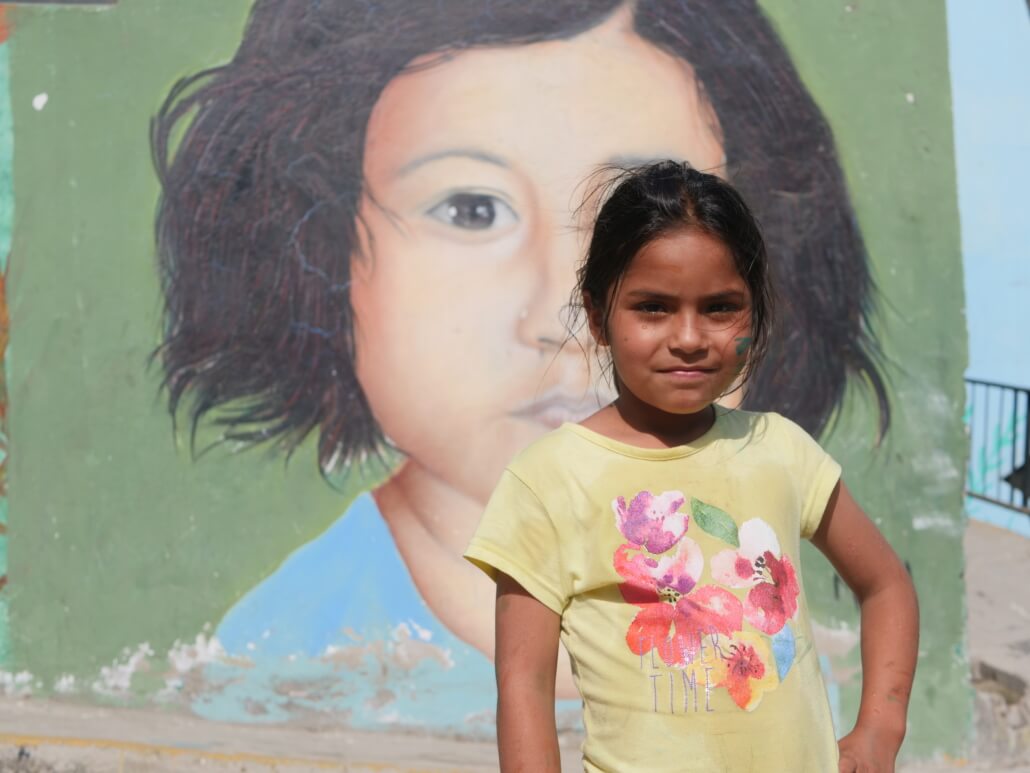
Girls As Nurturers
Girls often begin their care-giving role in the family even before they start primary school. In villages, towns and cities around the world, girls are disproportionately assigned to cooking, fetching water and firewood, and caring for children as compared to boys of the same age in developed and under-resourced countries. This often is because boys are more highly valued as students and future wage-earners. Girls are also employed as domestic workers in private households to clean, cook, care for children and elderly family members, and perform other essential tasks for their employers.
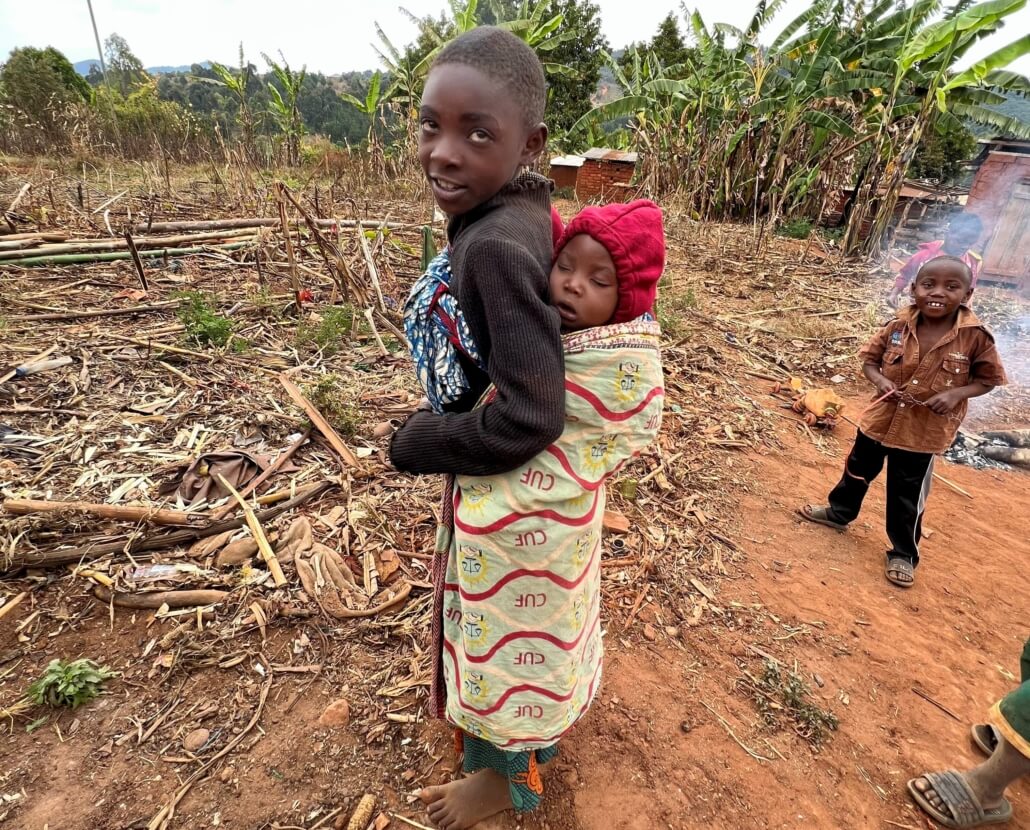
Girls as Laborers
Another way girls support their families and communities is working in agriculture or on other family enterprises. When they don’t attend school, girls labor alongside their parents on farms, small shops and a variety of income-generating activities. The largest share of such engagement is in the agriculture sector, accounting for 70 percent of children (girls and boys) aged 5 to 17 in work.
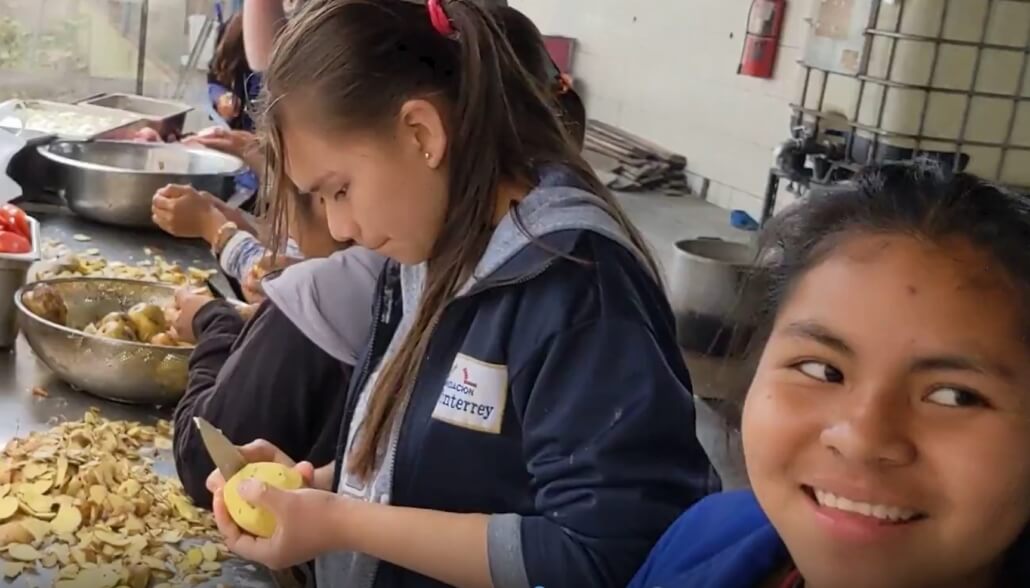
Girls as Leaders
We know that girls are as predisposed to leadership as boys. As Anne Frank, Greta Thunberg, Malala Yousafzai, and Simone Biles have demonstrated to the world, girls can rapidly and permanently change a global agenda in prominent areas. If effectively supported as they mature into women, girls have the potential to set the agenda as tomorrow’s workers, entrepreneurs, mentors, household heads, political leaders and mothers. UNESCO states: “An investment in the power of adolescent girls upholds their rights today, and promises a more equitable and prosperous future; one in which half of humanity is an equal partner in solving the problems of climate change, political conflict, economic growth, disease prevention, and global sustainability.
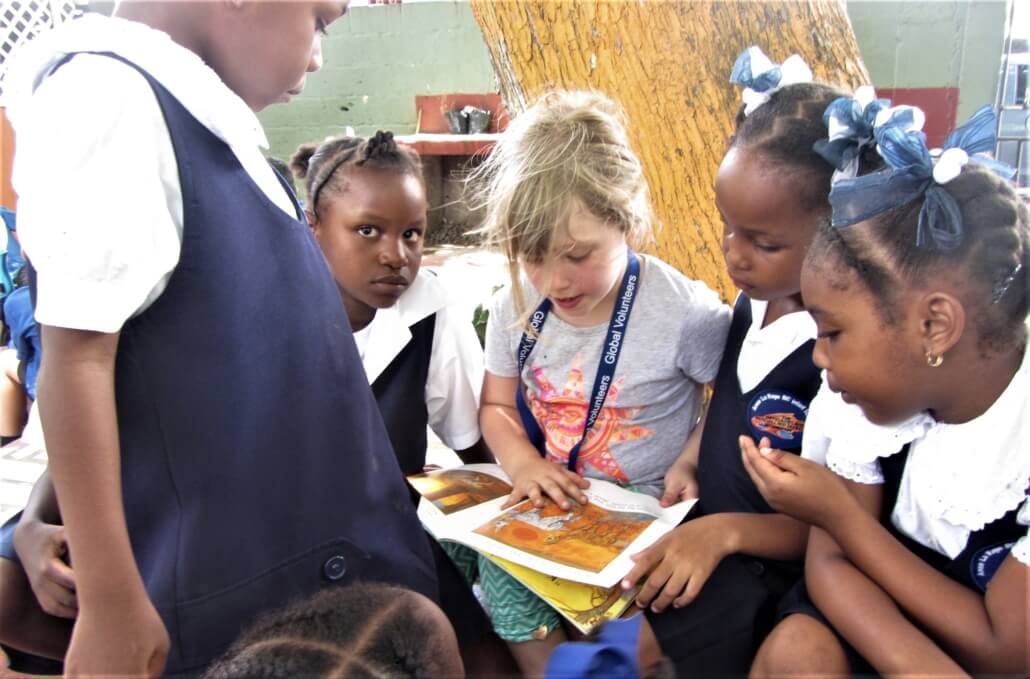
Girls as Our Future
When we invest in girls to be more informed about nutrition, healthcare and economic independence, they have fewer children, marry at a later age, and any children they chose to have are usually healthier. They are more likely to participate in the formal labor market and earn higher incomes. A 2018 World Bank study estimates that the “limited educational opportunities for girls, and barriers to completing 12 years of education, cost countries between US$15 trillion and $30 trillion in lost lifetime productivity and earnings.” But, when supported in the same way as boys, girls can help lift households, communities, and countries out of poverty. When viewed through an economic lens, it’s very difficult to argue with the critical importance of a concerted investment in girls’ self-development to the future of all of us.
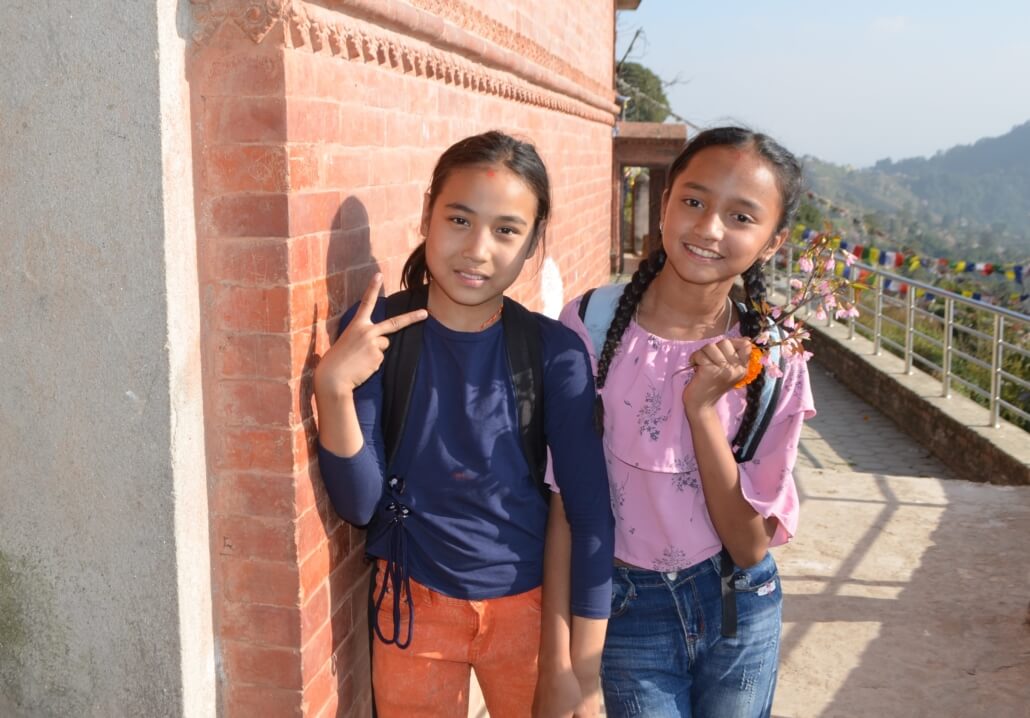
“Communities that give their daughters the same opportunities as their sons are more peaceful, more prosperous and develop faster.”
– Former U.S. President Barack Obama
Support Girls on a Global Volunteers Service Program
Global Volunteers’ community development work in host countries worldwide strengthens girls’ and women’s capacity and supports their sustained health and development. Under the direction of local leaders, our volunteers help ensure academic accessibility, foster parental involvement, offer psycho-social support, provide nutrition and health education, fund girls’ scholarships, construct schools with girls’ bathrooms, tutor literacy, and numeracy, and so much more. Contact us using the form below or call 800-487-1074 to learn how you can contribute to this critical agenda.
According to UNICEF, nearly 1 in 4 girls aged 15–19 globally are not in education, employment or training, compared to 1 in 10 boys, largely because of household responsibilities. UNESCO estimates that around the world, 129 million girls are out of school, including 32 million of primary school age, and 97 million of secondary school age. With the exception of China, one in three girls is married in the developing world before reaching their 18th birthday—which means 47,700 girls are coerced into underage marriages on a daily basis.
But decades of studies reveal that girls who attend school are far less inclined to fall into these unfortunate statistics. According to the United Nation Educational, Scientific and Cultural Organization (UNESCO), “the lives of 2.1 million children under 5 were saved between 1990 and 2009 because of improvements in girls’ education.” UNESCO has also found that educated mothers are less likely to die in childbirth. Globally, some 14 percent of adolescent and teen girls give birth before age 18. The United Nations reports that for every extra year of schooling, girls become more financially independent, less likely to be married and have children at a young age, and less likely to face health problems.
Clearly, education is the key to girls’ development and contribution to society. According to the Malala Fund, if all girls attended school for 12 years, low and middle income countries could add $92 billion to their economies annually. In fact, experts from the Brookings Institution believe secondary education for girls could be the most successful and cost-effective investment against climate change.Further, when nations educate all of their children instead of just the boys, they cut their risk of war by 50 percent.
“Girls around the world continue to face unprecedented challenges to their education, their physical and mental wellness, and the protections needed for a life without violence. With adversity, however, comes resourcefulness, creativity, tenacity, and resilience.
– United Nations Secretary-General António Guterres
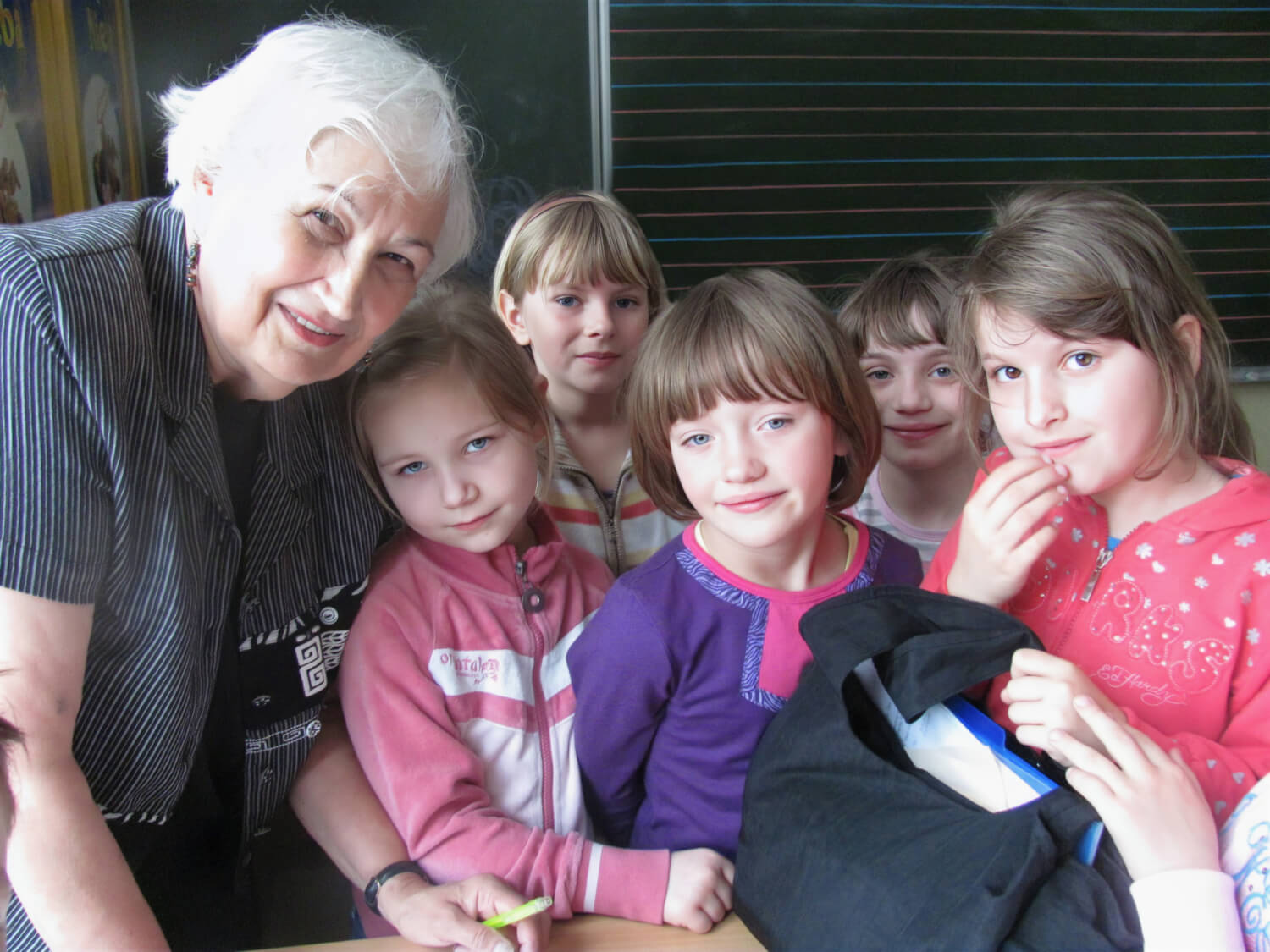
Cultural norms in many countries interfere with full educational opportunities for girls. Poverty is one of the most frequently reported factor for determining whether a girl can access and complete her education, because boys are favored over girls when family educational resources are limited. By elevating girls’ education in the most impoverished areas of the world, nations can significantly improve the generational prospects of their entire society. To do this requires concerted action in these areas:
Gender Bias: If schools reinforce messages that affect girls’ ambitions, their own perceptions of their roles in society are degraded, resulting in labor market engagement disparities and occupational segregation.
School Violence: Girls who must walk long distances to school are at an increased risk of sexual violence, leading to lower attendance and higher dropout rates. Girls who experience corporate punishment in classrooms also are likely to stay home from school. Ending school-related and gender-based violence is critical to improving girl’s education.
Hygiene Facilities: Girls who have no access to private and sanitary school facilities to support their menstrual health often choose to miss classes for several days each month.
Early Pregnancy and Marriage: Girls who marry young are much more likely to drop out of school, and complete fewer years of education than their peers who marry later. The World Bank reports that more than 41,000 girls under the age of 18 marry every day. Ending this practice would increase girls’ expected educational attainment.
Health and Nutrition: While girls are often expected to help prepare meals for their family, they may also be the last in the family to eat. As potential mothers, girls’ nutritional needs increase as they enter adolescence. If girls are deprived of adequate nutrition and access to health care, they can become physically and mentally stunted, forfeit their educational potential, and risk giving birth to stunted children.
Global Volunteers works in all these areas in most partner communities. Short-term volunteers are key to innovations to help girls thrive. When girls are educated, have access to health care, and are protected from violence, they help end childhood stunting, reduce poverty, advance gender equality, contribute to economic development, halt sexually transmitted diseases, reduce maternal mortality, and much more. They can be a source for social change by investing in the survival, education and success of the following generation. Help us invest in girls!
Request more information here on how you can support girls reach their potential with Global Volunteers.

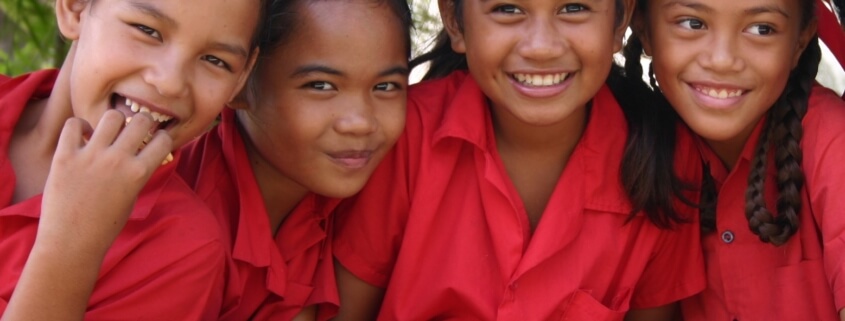


Leave a Reply
Want to join the discussion?Feel free to contribute!